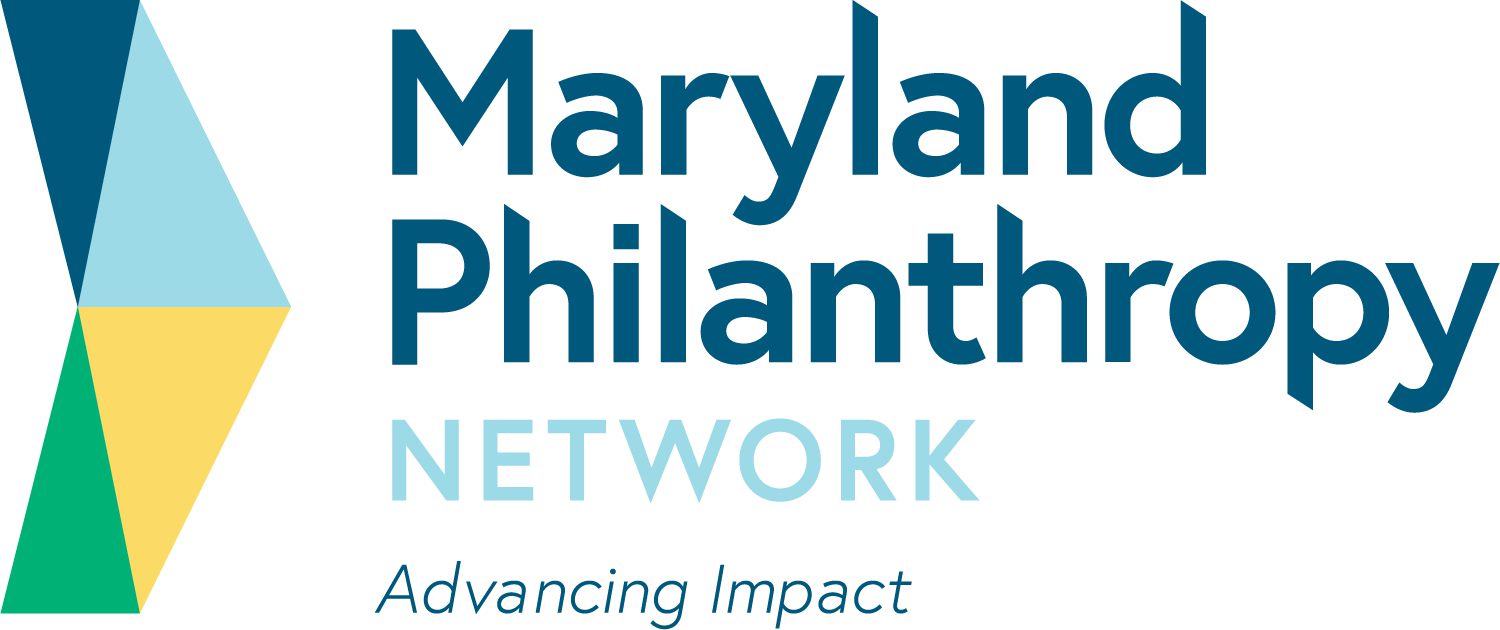Effective Change Requires Proximate Leaders
Leaders who arise from the communities and issues they serve have the experience, relationships, data, and knowledge that are essential for developing solutions with measurable and sustainable impact.
With fewer influential contacts and less access to start-up capital, organizations led by proximate leaders are often small, making it that much more difficult to attract funders. As a result, initiatives started by better connected leaders will grow faster than initiatives started by proximate leaders. This self-perpetuating cycle gets further accentuated when next-in funders add grant dollars to the ideas that have already been approved by first-in funders. In addition, proximate leaders often see greater nuance and multiple root causes behind the issues they are addressing. As a result, their interventions are often more systemic in nature, addressing the multiple conditions that hold their communities back.
While philanthropy has made it difficult for proximate leaders to succeed, it can also play an important role in bringing greater attention, money, and resources to proximate leaders. For philanthropists who wish to broaden their grantmaking portfolio to more readily support proximate leaders, this article offers several recommendations.
Source: Stanford Social Innovation Review

